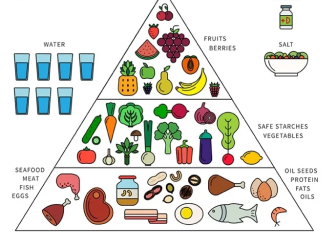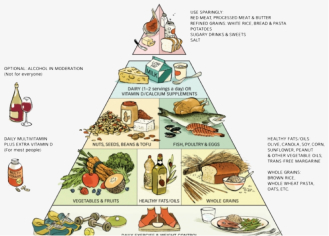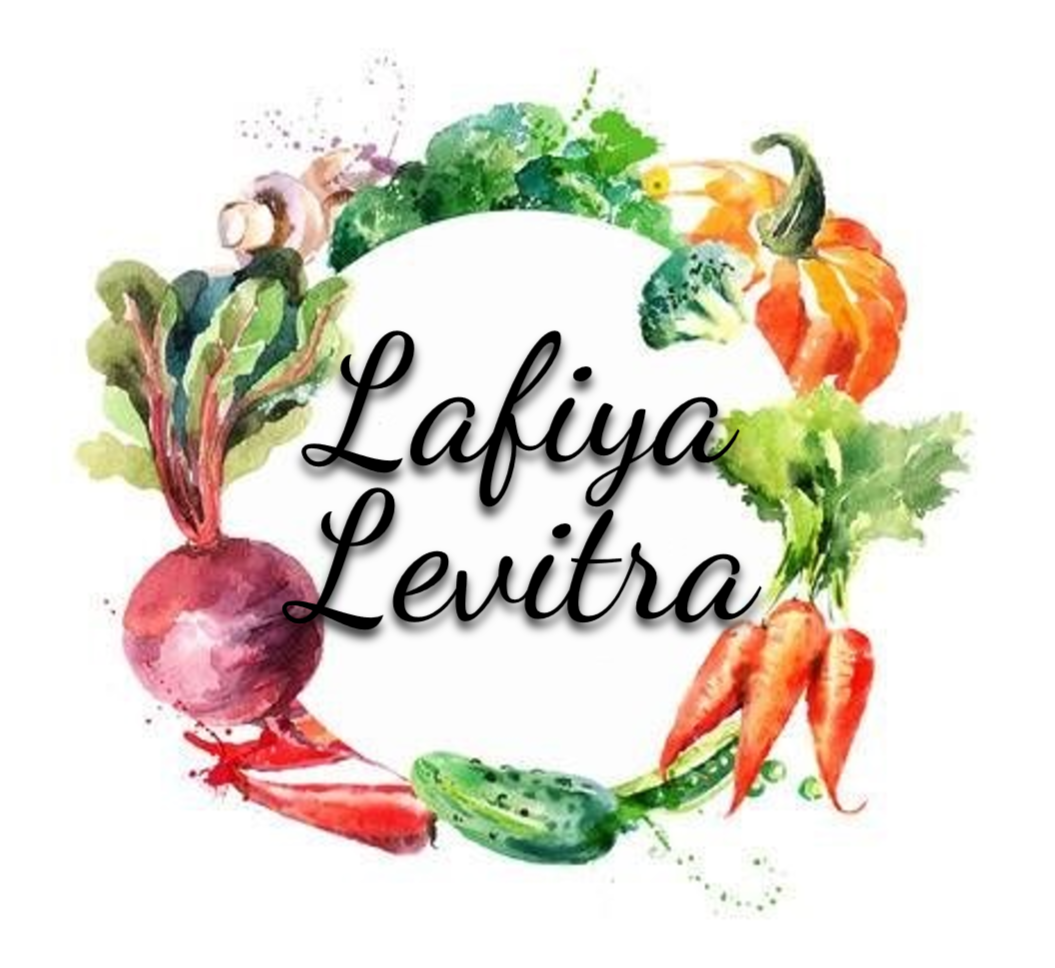What is Ayurvedic Diet?
The Ayurvedic diet is a traditional Indian system of medicine that focuses on achieving balance and harmony within the body and mind. It is based on the principles of Ayurveda, an ancient holistic healing system that dates back thousands of years. The Ayurvedic diet is personalized and aims to promote overall well-being by considering an individual's unique constitution or dosha, which is believed to be a combination of three energies: Vata, Pitta, and Kapha.
Benefits
- Improved Digestion: The diet emphasizes whole, fresh, and easily digestible foods, which can promote better digestion and reduce gastrointestinal issues.
- Increased Energy: By eating according to one's dosha, the diet aims to provide the body with the right nutrients, leading to increased energy levels.
- Better Immune Function: A balanced diet that supports overall health can boost the immune system and help the body defend against illnesses.
- Emotional Well-Being: Ayurvedic principles not only focus on physical health but also address emotional and mental well-being.
Dos
In Ayurveda, foods are categorized based on their physical qualities and the way they are said to affect your body. This helps determine which ingredients work best for different doshas.
Below are some of the foods you should eat based on your specific dosha.
Pitta
- Protein: poultry in small amounts, egg whites, tofu
- Dairy: milk, ghee, butter
- Fruits: sweet, fully ripe fruits like oranges, pears, pineapples, bananas, melons, and mangoes
- Vegetables: sweet and bitter veggies, including cabbage, cauliflower, celery, cucumber, zucchini, leafy greens, sweet potatoes, carrots, squash, and Brussels sprouts
- Legumes: chickpeas, lentils, mung beans, lima beans, black beans, kidney beans
- Grains: barley, oats, basmati rice, wheat
- Nuts and seeds: small amounts of pumpkin seeds, flax seeds, sunflower seeds, coconut
- Herbs and spices: small amounts of black pepper, cumin, cinnamon, cilantro, dill, turmeric
Vata
- Protein: small amounts of poultry, seafood, tofu
- Dairy: milk, butter, yogurt, cheese, ghee
- Fruits: fully ripe, sweet, and heavy fruits, such as bananas, blueberries, strawberries, grapefruit, mangoes, peaches, and plums
- Vegetables: cooked vegetables, including beets, sweet potatoes, onions, radishes, turnips, carrots, and green beans
- Legumes: chickpeas, lentils, mung beans
- Grains: cooked oats, cooked rice
- Nuts and seeds: any, including almonds, walnuts, pistachios, chia seeds, flax seeds, and sunflower seeds
- Herbs and spices: cardamom, ginger, cumin, basil, cloves, oregano, thyme, black pepper
Kapha
- Protein: poultry in small amounts, seafood, egg whites
- Dairy: skim milk, goat milk, soy milk
- Fruits: apples, blueberries, pears, pomegranates, cherries, and dried fruit like raisins, figs, and prunes
- Vegetables: asparagus, leafy greens, onions, potatoes, mushrooms, radishes, okra
- Legumes: any, including black beans, chickpeas, lentils, and navy beans
- Grains: oats, rye, buckwheat, barley, corn, millet
- Nuts and seeds: small amounts of pumpkin seeds, sunflower seeds, flax seeds
- Herbs and spices: any, including cumin, black pepper, turmeric, ginger, cinnamon, basil, oregano, and thyme
Don'ts
Pitta
- Proteins: red meat, seafood, egg yolks
- Dairy: sour cream, cheese, buttermilk
- Fruits: sour or unripe fruits, such as grapes, apricots, papaya, grapefruit, and sour cherries
- Vegetables: chili peppers, beets, tomatoes, onions, eggplant
- Grains: brown rice, millet, corn, rye
- Nuts and seeds: almonds, cashews, peanuts, pine nuts, pistachios, walnuts, sesame seeds
Vata
- Proteins red meat
- Fruits: dried, unripe, or light fruits, such as raisins, cranberries, pomegranates, and pears
- Vegetables: any raw vegetables, as well as cooked broccoli, cabbage, cauliflower, mushrooms, potatoes, and tomatoes
- Legumes: beans, such as black beans, kidney beans, and navy beans
- Grains: buckwheat, barley, rye, wheat, corn, quinoa, millet
- Herbs and spices: bitter or astringent herbs like parsley, thyme, and coriander seed
Kapha
- Proteins: red meat, shrimp, egg yolks
- Fruits: bananas, coconuts, mangoes, fresh figs
- Vegetables: sweet potatoes, tomatoes, zucchini, cucumbers
- Legumes: soybeans, kidney beans, miso
- Grains: rice, wheat, cooked cereal
- Nuts and seeds: cashews, pecans, pine nuts, Brazil nuts, sesame seeds, walnuts
Recipes
- Cleansing mung bean soup with steamed green vegetables
- Kichari (rice-mung stew)
- Pinto beans & spinach with brown rice
- Roasted vegetables & homemade hummus (it really is simple and quick!)
- Pesto beans (cannellini beans with home-made non-dairy pesto) with vegetables, potatoes
- Mung dal/Coconut dal/lemon dal with brown rice, dark green leaves salad/ steamed vegetables/ or add some vegetables such as courgette or beans to the dal near the end
- Green lentil and vegetable curry with brown rice
- Coconut chick-pea curry with brown rice
- Butternut and spinach curry with brown rice
- Barley and vegetable stew
For Images:
Was this article helpful?
Similar Articles


